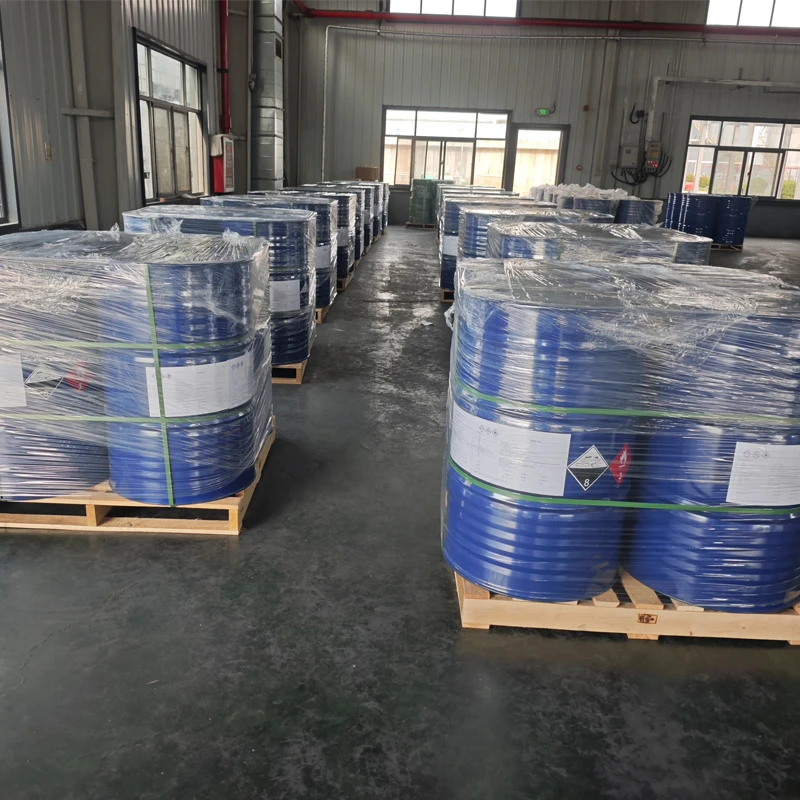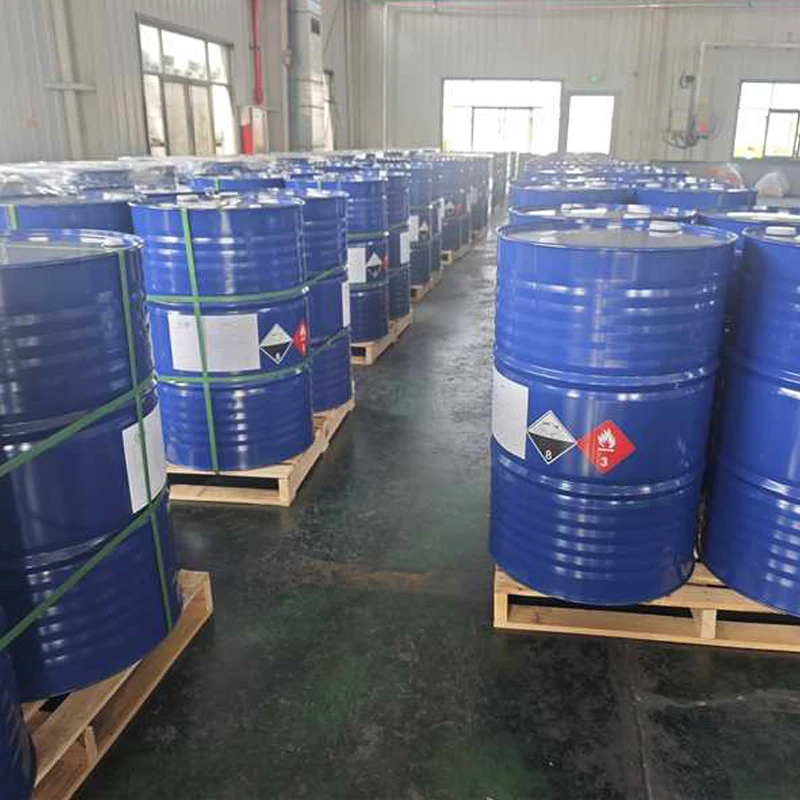- Introduction to the personal care active ingredients market
and its evolution. - Key market drivers and emerging trends.
- Innovative bio-based and sustainable ingredient advancements.
- Comparative analysis of leading manufacturers in the personal care market.
- Tailored formulation and customization strategies for brands.
- Application case studies showcasing real-world successes.
- Conclusion: Future outlook of the personal care active ingredients market.

(personal care active ingredients market)
Understanding the Personal Care Active Ingredients Market
The personal care active ingredients market has undergone significant transformation in recent years, rapidly evolving in response to consumer preferences, regulatory requirements, and technological breakthroughs. Valued at USD 3.5 billion in 2022, the market is projected to reach USD 5.9 billion by 2030, growing at a CAGR of 6.8%, driven by consumer demand for efficacy, safety, and sustainability in cosmetics and personal care products. Shifts in lifestyle, increasing awareness around skin health, and global urbanization have further fueled the growth of active ingredients such as peptides, botanicals, vitamins, and enzymes. The cross-pollination of biotechnology and green chemistry is shaping future trends, impacting both product development and the overall value chain, while fierce competition among manufacturers continues to drive innovation and differentiation.
Key Drivers and Market Trends
Several dynamic forces are propelling the growth of the personal care ingredients market. The surge in anti-aging, anti-pollution, and skin-brightening products reflects urban consumers' growing concerns about environmental stressors and the desire for holistic wellness solutions. Gen Z and Millennials, renowned for their digital savviness, actively seek clean-label ingredients and transparency in sourcing and efficacy. Data from the European Federation for Cosmetic Ingredients shows a 35% year-over-year increase in demand for multifunctional actives in 2023.
Regulatory bodies are also introducing stricter guidelines for ingredient safety, prompting companies to invest in research and development. Moreover, the intersection of IoT devices, machine learning, and data analytics in product formulation is enabling targeted, functional products meeting specific dermal needs.
Innovation in Bio-Based and Sustainable Personal Care Ingredients
With environmental responsibility taking center stage, the bio based cosmetics and personal care ingredients market has witnessed exponential growth. Brands are increasingly favoring green chemistry, biodegradable surfactants, and plant-based actives to align with consumer ethics and meet eco-label requirements. Research reveals that by 2022, 62% of new skincare product launches in Europe contained at least one nature-derived ingredient.
Advances in fermentation technology, enzymatic synthesis, and CRISPR-based gene editing have led to a new generation of actives such as biosynthesized retinol and antioxidant-rich microalgae extracts. These technologies enhance ingredient purity, safety, and environmental performance while retaining or outperforming their synthetic counterparts. Market leaders are also leveraging blockchain for supply chain transparency, further establishing consumer trust.
Manufacturer Comparison: Technical Expertise & Market Share
The personal care ingredients market is highly competitive, featuring key global players investing in cutting-edge R&D, sustainable sourcing, and advanced formulation capabilities. Below is a comparative data table of leading manufacturers:
| Manufacturer | 2023 Revenue (USD Billion) | Key Focus Areas | Sustainability Rating | Innovation Index |
|---|---|---|---|---|
| BASF SE | 2.1 | Peptides, Emollients, UV Filters | AA | 8.9/10 |
| Evonik Industries | 1.8 | Plant-Based Actives, Delivery Systems | AAA | 9.2/10 |
| Croda International | 1.1 | Biotechnology, Emulsifiers | AAA | 9.0/10 |
| Clariant | 0.9 | Natural Extracts, Surfactants | AA | 8.7/10 |
| Symrise AG | 0.75 | Botanicals, Fragrance Components | AA | 8.6/10 |
All of these players excel by integrating sustainability into sourcing and manufacturing, investing in biotechnology, and forging strategic partnerships with cosmetics brands to accelerate time-to-market for next-generation actives.
Custom Formulation Strategies: Meeting Diverse Brand Needs
With the rise of niche brands and personalized wellness trends, ingredient suppliers are spotlighting customization capabilities. Contract formulation services now offer modular solutions—enabling brands to choose specific active blends, delivery platforms, and textural enhancements tailored to unique target demographics. Advanced encapsulation technologies, such as nanoemulsions, are driving greater ingredient efficacy and bioavailability.
A recent survey by Mintel highlighted that 59% of skincare launches in North America between 2023 and 2024 featured at least partial ingredient customization at the formulary stage. This agility allows established brands to refresh legacy lines while empowering indie beauty companies to disrupt the market with bespoke, data-driven products. Moreover, ingredient traceability from field to formulation has become a key differentiator in both B2B and B2C channels.
Application Case Studies: Transformative Results Across Segments
Real-world implementation of advanced actives demonstrates measurable improvements in both product performance and market reception. Noteworthy case studies include:
- Anti-Aging Serum (Premium European Brand): Leveraged biosynthesized ceramides developed by Evonik, resulting in a 42% reduction in transepidermal water loss after 12 weeks, leading to a 28% sales growth in targeted markets.
- Skin-Brightening Cream (Asia-Pacific Market): Utilizing stabilized vitamin C and plant-derived niacinamide from Croda International, the brand reported a measurable luminosity boost in 75% of subjects, with consumer retention rates rising significantly.
- Sustainable Shampoo Line (North America): Adopted biodegradable surfactants and conditioning agents by BASF, driving carbon footprint reduction by 34% and winning multiple green beauty awards.
- High-Performance Sunscreens (Global): Introduced mineral-based UV filters, reducing irritancy profiles while maintaining superior SPF levels, backed by documented clinical trials.
Future Outlook for the Personal Care Active Ingredients Market
The future of the personal care active ingredients market promises continued innovation, driven by consumer demand for transparency, efficacy, and planetary stewardship. Integration of AI-driven ingredient discovery, personalized skin diagnostics, and circular economy approaches will further differentiate market leaders. As regulatory frameworks around the world converge on sustainability and ingredient purity, competition among manufacturers will intensify, catalyzing breakthroughs in both biotechnology and digital traceability.
As brands and ingredient suppliers align their innovations with evolving consumer values, the personal care active ingredients market is on course for growth, resilience, and remarkable change across the global beauty and wellness landscape.

(personal care active ingredients market)







